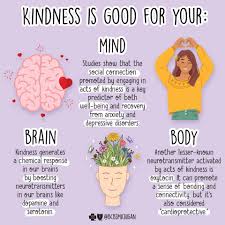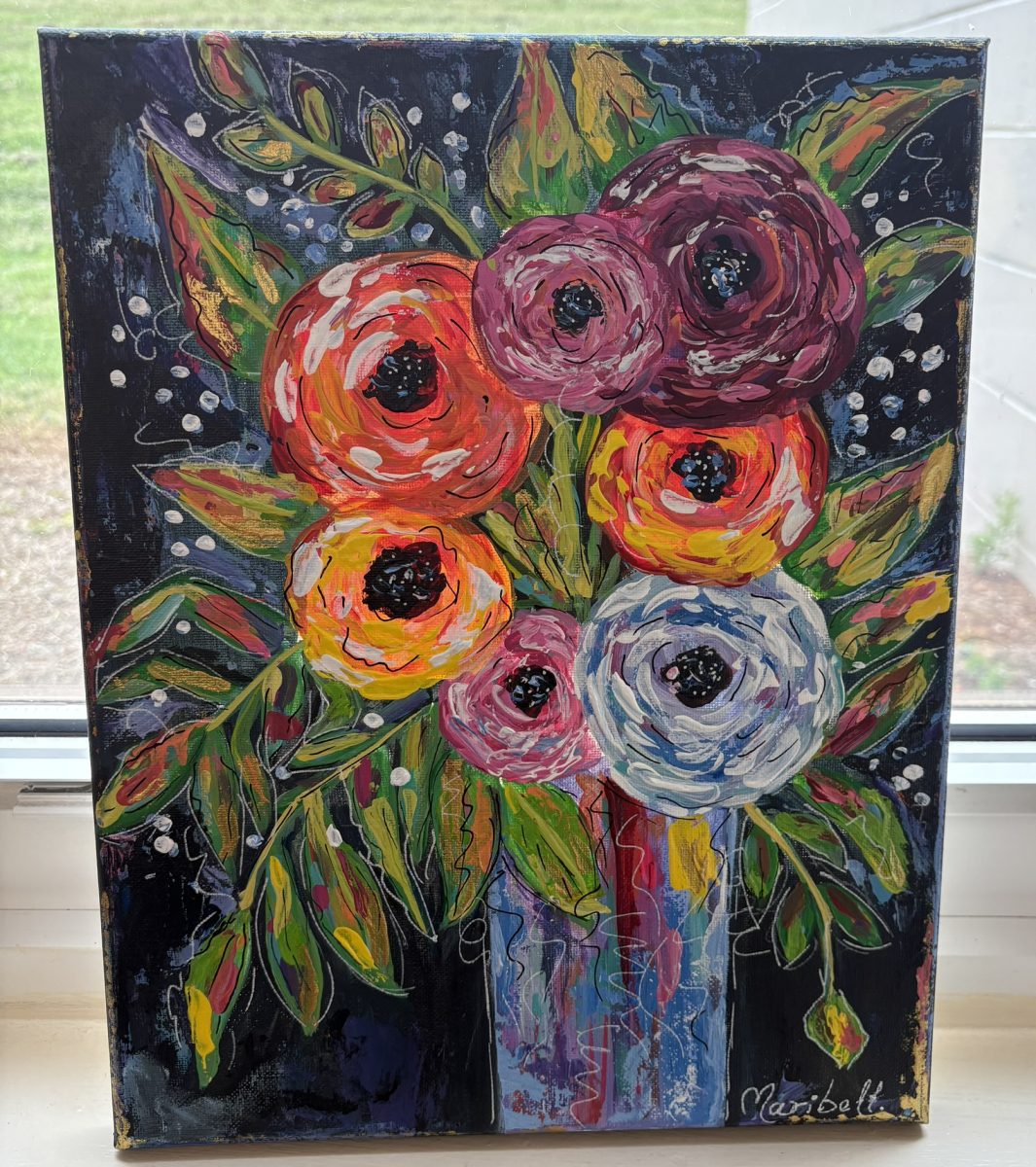This article on kindness, while seemingly simple, offers a powerful reminder of the profound impact small actions can have on both individuals and communities. It effectively connects the act of kindness with tangible benefits, moving beyond sentimental notions to highlight the scientific evidence supporting its positive effects on mental and physical health. The concept of a “helper’s high” is particularly compelling, suggesting that altruistic behavior can be inherently rewarding, triggering the release of feel-good chemicals in the brain.
The article’s strength lies in its accessibility. By providing concrete examples of everyday acts of kindness, it empowers readers to incorporate these practices into their own lives. The suggestions, ranging from letting someone merge in traffic to leaving a thank-you note, demonstrate that kindness doesn’t require grand gestures; rather, it’s about cultivating a mindset of consideration and empathy in our daily interactions.
However, the article also acknowledges the challenges of practicing kindness in a world grappling with stress and uncertainty. The acknowledgment that individuals may be struggling themselves is important, as it encourages self-compassion alongside outward kindness. This nuanced perspective prevents the message from becoming overly simplistic or preachy. Ultimately, the article serves as a call to action, urging readers to embrace kindness not just as a fleeting gesture but as a way of life. By highlighting the reciprocal benefits of kindness, it underscores the potential for creating a more positive and supportive society, one small act at a time. The emphasis on the ripple effect of kindness suggests that these individual actions can collectively contribute to a greater sense of well-being and connection.









